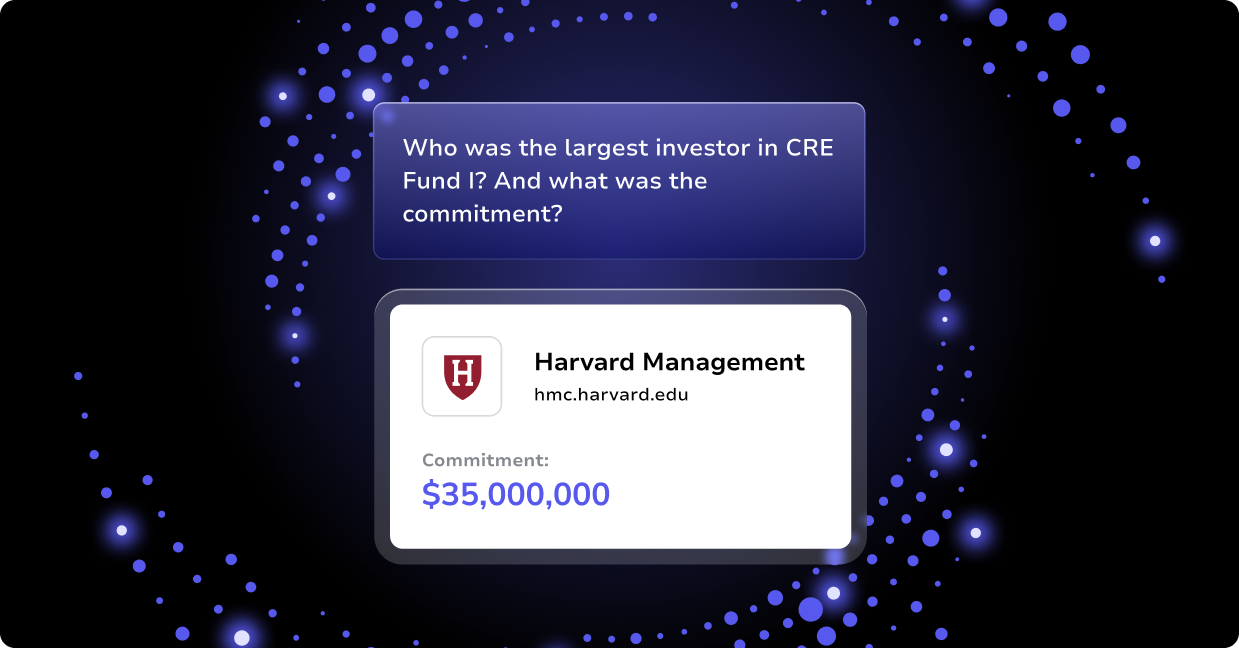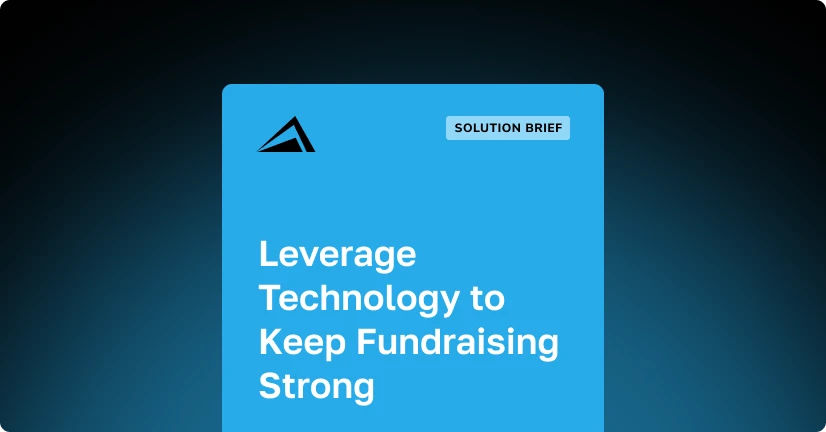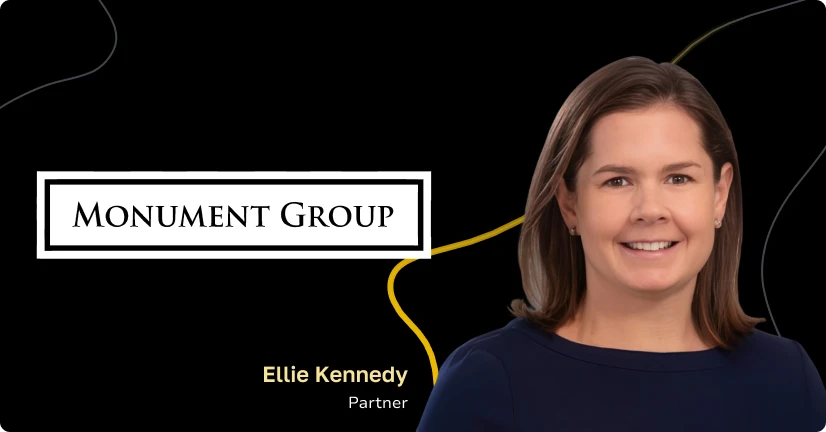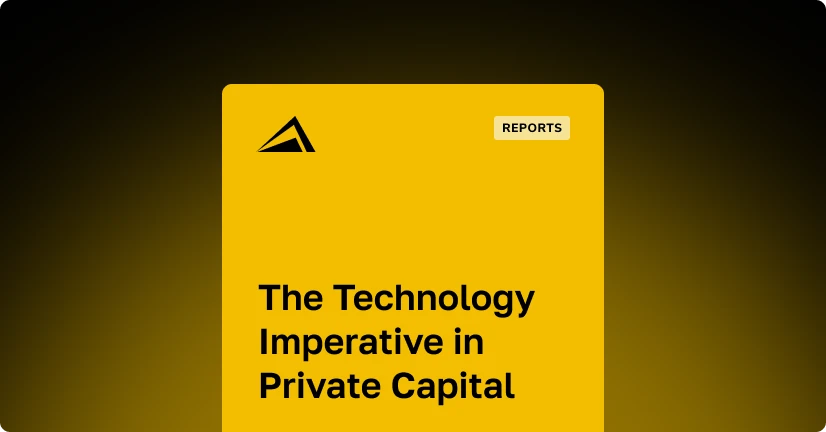
Impact Investing: What Board Members Want Today
As Investopedia explains, “Impact investing is an investment strategy that aims to generate specific beneficial social or environmental effects in addition to financial gains. Impact investments may take the form of numerous asset classes and may result in many specific outcomes. The point of impact investing is to use money and investment capital for positive social results.”
Historically, being a board member for an impact investor or a not-for-profit entity was strictly an honorary position. Increasingly today, board members are taking a more active role in the organizations with which they are associated.
For example, they’re taking steps to ensure that their organizations are getting to see the best investments. While there is no shortage of organizations asking investors for money, savvy investors are realizing that the best deals don’t just fall into their laps. They have to identify and track their best deal sources and cultivate them so that they consistently have access to those investments—opportunities they might otherwise miss out on.
Having a system in place to track the big players in your space, the conferences that produce the most deals, and who you need to keep in touch with to generate those deals can be extremely helpful.
Impact Investing and Due Diligence
Another thing board members are expecting is more thorough diligence on the investments they approve. When investment teams make recommendations to boards, members are now asking for more than just a recommendation.
They want to see evidence that supports their approval of the investment, and they want to be assured that the deal has gone through the proper due diligence. This includes examining financials and business plans. Every grant or investment must be properly vetted.
Historical Analysis is Crucial
Board members today also want easy access to a historical analysis of investments. They use that information to spot trends and identify new topics or themes. For example, the data shows that after a major disaster, it’s common for the impact investment community to renew its focus on disaster relief.
Some organizations have capabilities in place for analyzing historical data in order to anticipate trends. However, it often takes a significant amount of time to compile such an analysis.
Impact Investing and Cash Flow
Transparency regarding cash flow is also an area of emphasis for board members. Many impact investors make commitments that span several years, and the recipient has to meet certain benchmarks along the way to continue to receive that money.
Tracking not only the money that has been invested but also the money that has been promised can be difficult. Often, it requires more sophisticated technology—a solution that enables an executive director to determine whether the organization has the funds to invest.
Clarifying the Results
Now, more than ever, board members are asking, “So, what?” There is an increasing focus on the results of social investing.
How many schools were built? How many gallons of clean water were produced? How many jobs were created? Board members today realize that the most important question to answer before investing in a social entrepreneur is, “Will the investment do any good?”
The most successful impact foundations and managers, using today’s advanced technology, are more able to give helpful and highly accurate answers.



